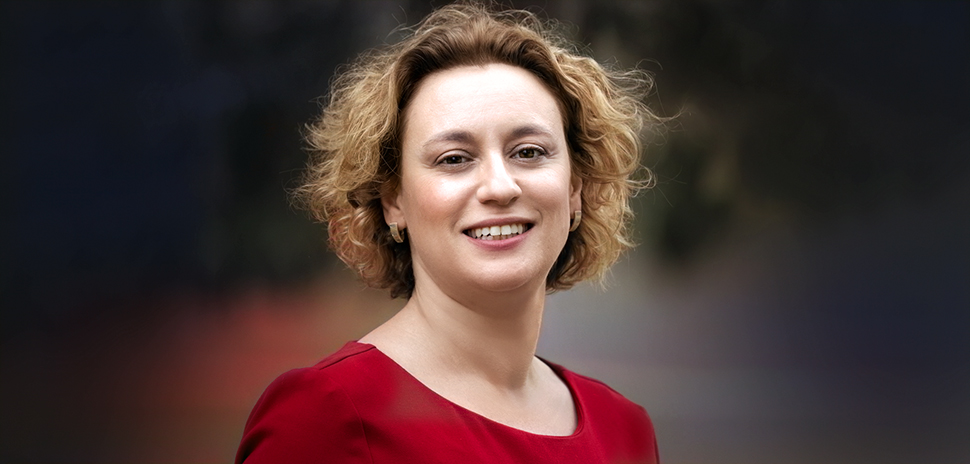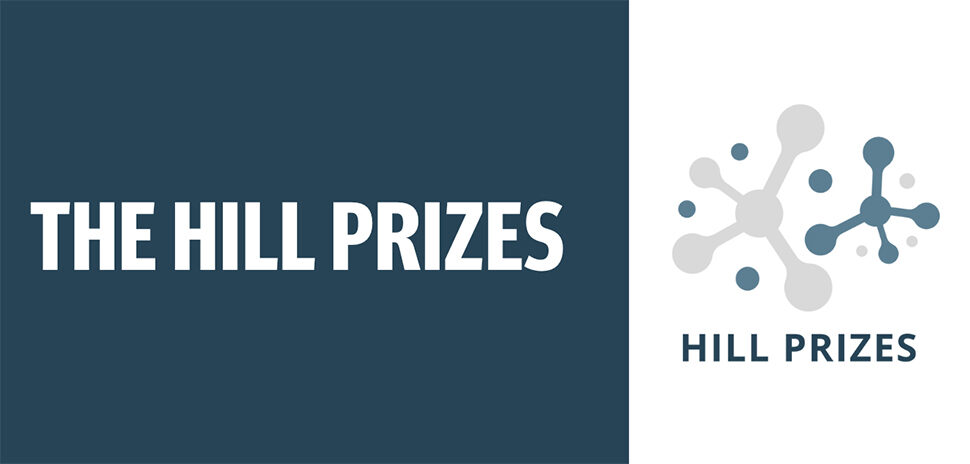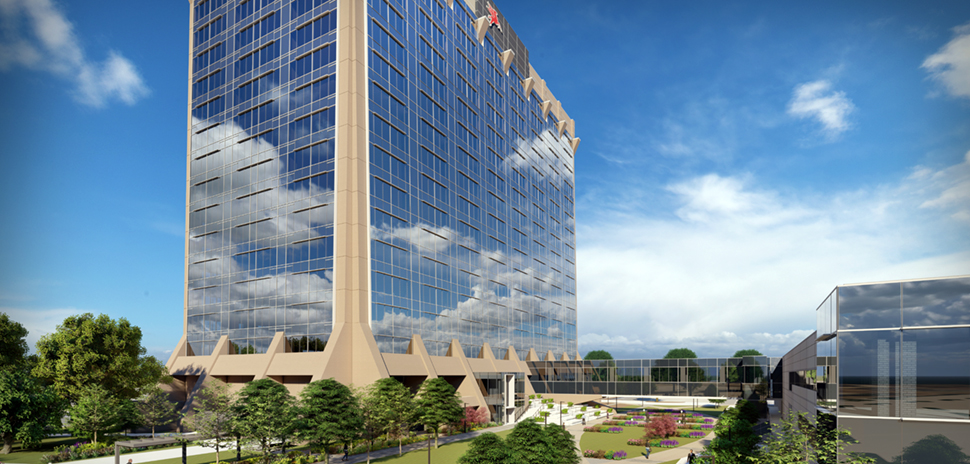In 2021, Elina Lavit was living in the San Francisco Bay area, where she worked for Myokardia. When BMS acquired it, she considered new professional opportunities, and after her family discussed their options, they chose Dallas-Fort Worth.
“We had friends who moved here, and as a family, we decided living in DFW would be a better fit,” she explained on a recent call.
Having lived in the Soviet Union for the first 11 years of her life, Israel for 24 years, and then San Francisco, the spaciousness and vibrant community of DFW was appealing, as were the opportunities—for herself and her husband, as well as their children.
“The education system is really profound. It allows my kids to strive and continue to enhance their capabilities. There are gifted programs here, which do not exist in all geographical areas of the U.S.,” lavit said. She adds that it’s a multifaceted system—not just about academics, but also music, art, and sports.
It’s no secret that the Dallas-Fort Worth region has seen a population surge—and with more people moving in, the region’s industry diversity is also growing. Life sciences is one industry that has taken root because of the ecosystem. Expertise in computer science has merged with academic and research institutions. People also find numerous corporate headquarters and a strong business community here.
Lavit speaks to both as a new transplant and someone with a biotech career.
She worked for Taysha Gene Therapies when the family relocated, and now heads business development at OncoNano Medicine, Inc., a company developing new products to diagnose and treat cancer. OncoNano’s leading platform, ON-BOARD, enables the encapsulation of therapeutic payloads and releases them at the solid tumor, which allows the targeting of solid tumors without harming surrounding healthy cells.
Lavit knows that DFW is not done growing, and being a part of that transformation and that energy is exciting. Other locations where she’s lived felt transitional, like no one was rooted. But here, she likes the mix of people whose families go back generations with newer residents like her family. Despite the region spanning more than nine thousand square miles, Lavit feels a sense of community and inclination to collaborate—a key part of her job and critical for innovation in general.
“People are more than happy to chime in and connect, to contribute what they know so that others can benefit,” she said.
“I think that connective tissue will just get stronger and the reputation of this region as the intellectual capital of the state will continue to grow.”
By the latest numbers, the population of Dallas-Fort Worth is larger than the populations of North Dakota, Wyoming, Hawaii, South Dakota, Montana, Main, and Alaska combined. The total hovers somewhere around 7.8 million. That reflects growth of 1.3% in one year—between 2020 and 2021—but the story itself has been happening for much longer and doesn’t look like it will slow down any time soon.
Here, transplants find a growing economy and a diverse culture that combines true Texas classics with global flavors. For Lavit and her family, it’s not all work all the time — they’ve been soaking up the local entertainment and attractions, including eating a lot of barbeque. No comment on which city does Texas barbeque best.
Voices contributor Nicole Ward is a data journalist for the Dallas Regional Chamber.
![]()
Get on the list.
Dallas Innovates, every day.
Sign up to keep your eye on what’s new and next in Dallas-Fort Worth, every day.











![At the Fourth Annual iC3 Life Science Summit at UT Arlington on Oct. 10, 2017 recipient Lyda Hill will present the award. To register for the summit, visit www.bionorthtx.org. [Illustration: bestbrk/istockphoto]](https://s24806.pcdn.co/wp-content/uploads/2018/09/Bionorthconcept_970_bestbrk_istockphotovector-molecule-background-genetic-and-chemical-compounds-abstract-vector-id908258902-264x350.jpg)






















































